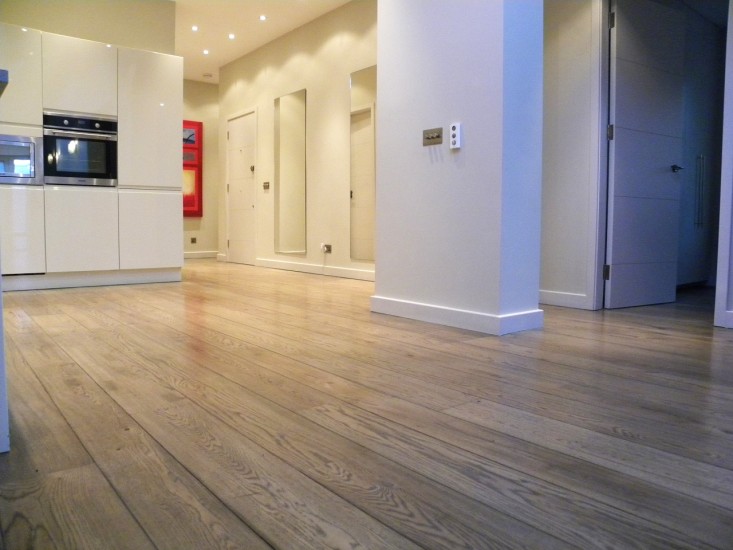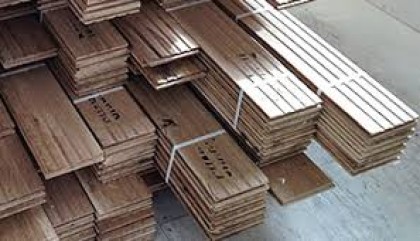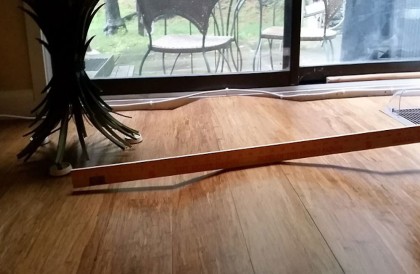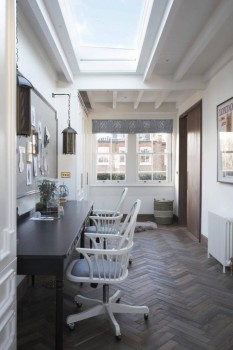Grades Of Wooden Floors

Want a Nice Oak Floor. Then It's all in The Cutting of The Log.
Why do I always pick topics that leave me sitting with a large mug of tea, a chocolate biscuit, and a blank expression on my face? The problem is of course the choci biscuits, because when I have a problem when creating wooden flooring that needs some brain power and attention, the only fuel that’s going to make any difference is more chocolate. I hate to get scientific because it means you have to write something that looks like an MIT physics paper, and as I know that you can’t be bothered reading all that, I will, for your sake, keep it simple. And of course I can’t be bothered writing all that, so it’s going to suit both of us.
The grade of timber you choose for your wooden floor is going to make a much bigger difference than you think. Not only will it affect the overall look, but the performance as well. And quite frankly that’s the difficult bit to explain. So instead of scouring the interweb for a scientific paper on this, you’re going to have to do something a lot more difficult. You’re going to have to trust me.
It seems that the whole of the UK is absolutely infatuated and besotted with Oak when it comes to wooden flooring. Except me. Don’t get me wrong, oak is a wonderful species of wood, with a magnificent grain pattern, that you can do absolutely anything with, and make most things from. But there’s just one little problem with oak when it comes to wooden flooring. It shifts. And it can do more shifting in one week under the wrong site conditions, than Rihanna’s backside after 100 nights at Wembley. The problem is the way that oak is cut that can make it unstable. In general, there are only three ways a log can be cut.
Plain Sawn Oak Wooden Floors – Look at your average oak floor, and you will notice a nice swirly pattern to the grain. That’s because most of the oak you will buy for wooden flooring will be plain sawn, because quite simply it’s the cheapest and most economical way of cutting a log. In fact most wood for wooden flooring will be plain sawn, so I’m not just referring to oak here. But it’s unstable, and is far more susceptible to cupping and bowing, especially with under floor heating.
Quarter Sawn Oak Wooden Floors – Incredibly stable, but it’s also a more expensive way of cutting a log. You’re unlikely to see a quarter sawn engineered floor. Most quarter sawn wooden floors come in the form of 10mm solid overlays, which then needs to be pinned and glued onto a plywood sub floor. If you’re going for under-floor heating, then I would highly recommend a quarter sawn cut. It’s going to be a lot more stable.
Rift Sawn Oak Wooden Floors– very rarely used in wooden flooring, and the most expensive way of cutting a log. Interestingly enough, we used this product when we installed wooden floors into 'Forbes House' Britain's most expensive home. That was a lot of fun but an incredibly difficult project.
But its not all grim. The answer is of course site conditions, and if your site conditions are relatively stable, then even a plain sawn floor is going to behave itself. I wont get in to the science too much because you'll die of boredom, but the trick is not to let your home get too hot in the summer, which creates loads of moisture, and don't let it dry out too much from your heating in the winter. Just but be prepared for seasonal movement,and don't become too hysterical if you see gaps in the winter. They'll close up again the summer, just like our country.






